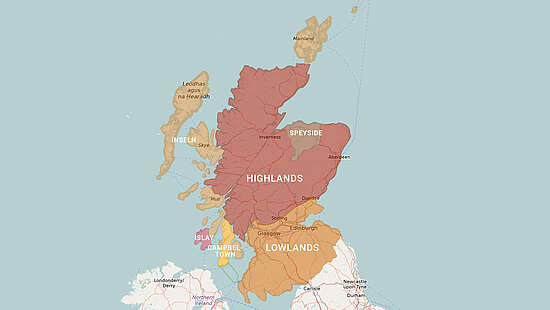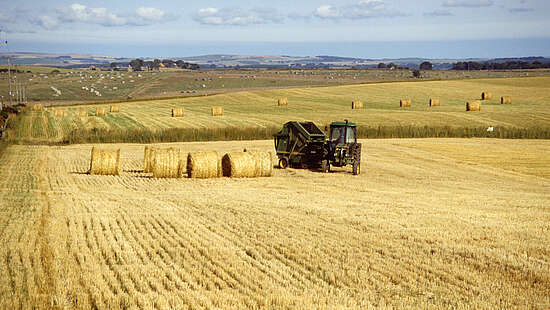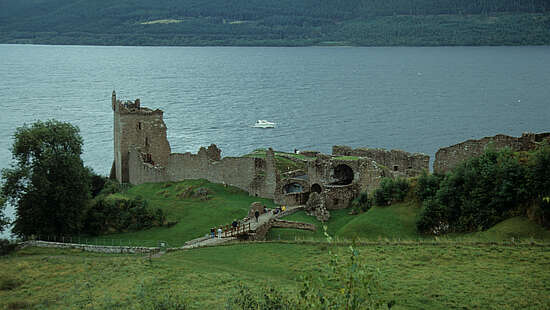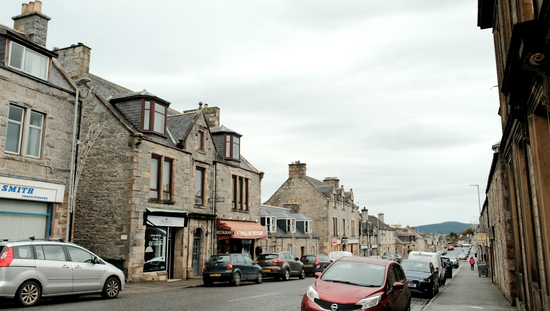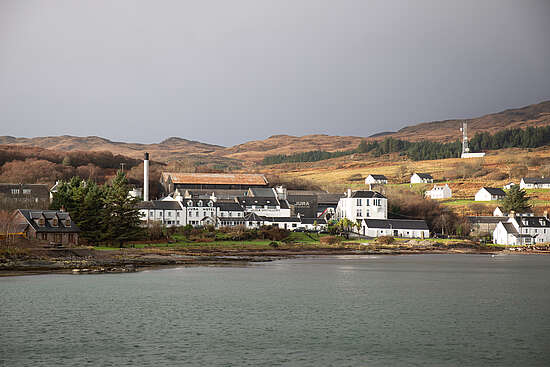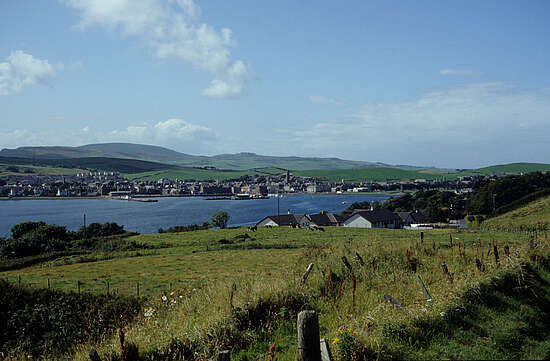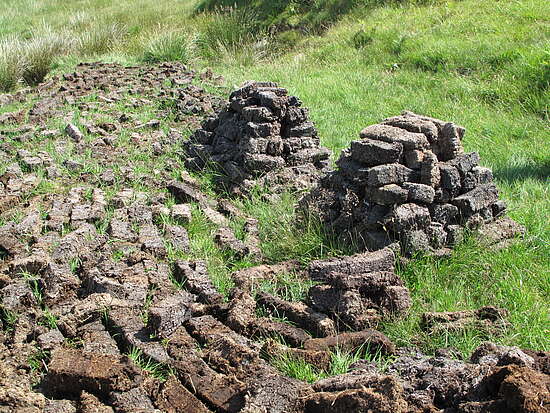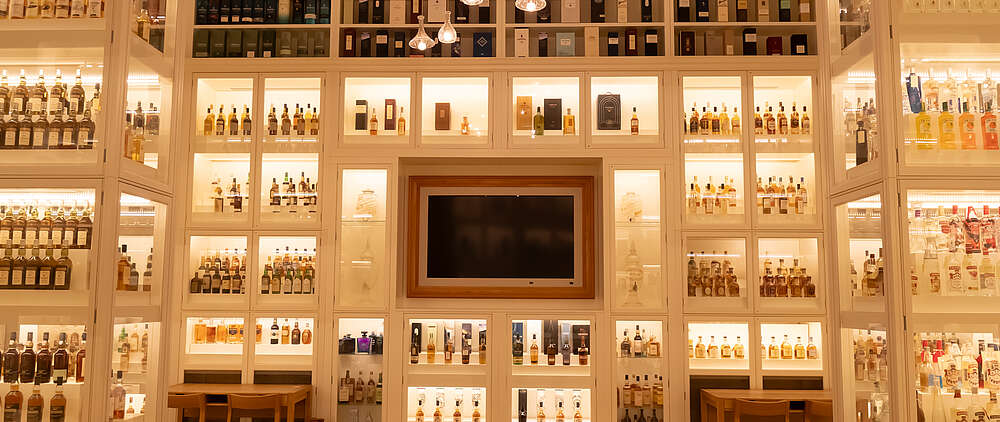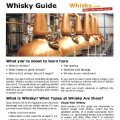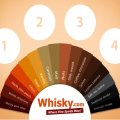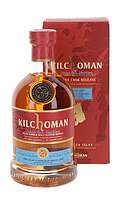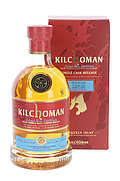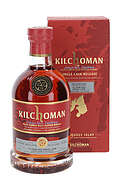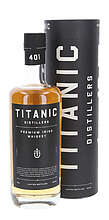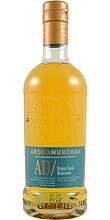Scotland's Whisky Regions
Scotland is officially divided into five whisky regions: the Highlands, the Lowlands, Speyside, Campbeltown and Islay. This division is based on the geographical and aromatic characteristics of the distilleries and their respective distillery character. The different whisky regions offer different ways of looking at Scotch whisky. Geographically, the regions are distributed across Scotland as follows: the Highlands occupy the largest area in the north of the country, Speyside is a small area in the east of the Highlands, the Lowlands make up the southernmost part of Scotland, while the town of Campbeltown and the island of Islay are both in the southwest of the country. There are also other islands on which many single malt distilleries are located, which is why the islands also count as an extra whisky region in our country.
The Lowlands cover the entire mainland south of a mental line between Greenock and Dundee. On the other side of this line are the Highlands. As the name suggests, there are many hills and mountains in the Highlands, while the landscape in the Lowlands is much flatter. The demarcation between the Lowlands and the Highlands was originally defined by the Wash Act of 1784. In the past, Lowland single malts were usually triple distilled, giving them a lighter character, such as Auchentoshan. Even today, they are still related to Irish whiskey in terms of production technology and taste. The aroma of the malts is usually intense and the body soft. Traditionally, non-smoky malt is used for production. This is probably due to the fact that the coal industry used to be located in the Lowlands; as a result, the use of peat for heating was not common. The typical Lowland taste is characterised by mild, elegant notes of grass, honeysuckle, cream, ginger, caramel sweets, toast and cinnamon. Mostly the whiskies are light and are also well suited as an aperitif or for beginners.
With around 40 distilleries, the Highlands is by far the largest region in Scotland, both in terms of area and whisky production. The Highlands whisky region covers the entire mainland north of the Highland-Lowland line. Whiskies produced in the Highlands have a wide range of different aromas and flavours. From lighter to salty-maritime malts, the Highlands offer a treat for every taste. Typically, Highland malts are low in smokiness, yet spicy and heavy. The landscape is overgrown with heather, which is often reflected in the aroma of the whiskies produced there. Since the Highlands cover a very large area, they are also divided into smaller areas and Speyside, depending on the compass direction. In the northern Highlands, distilleries such as Balblair, Dalmore, Glenmorangie and Pulteney produce medium-bodied, fresh whiskies with heather, citrus and sometimes maritime notes. In the western Highlands, which are home to Oban and Ben Nevis, for example, lighter whiskies with sweetish notes are usually produced. Whiskies from the Eastern Highlands, home to Glenmorangie and Glenturret, are typically dry and malty with a slight smokiness. In the southern Highlands are Deanston, Loch Lomond and Glengoyne, which mostly produce complex whisky with a dry finish typical of the Highlands.
The area around the River Spey in north-east Scotland, Speyside, comprises almost half of the total number of distilleries in Scotland. Due to its high density of distilleries and its high output of whisky, Speyside has long been officially recognised as a whisky region in its own right. Speyside covers an area not even as large as the Saarland. All the more impressive that so many whisky distilleries produce in such a small area. Speyside is named after the River Spey, which is also the source of water for many of the distilleries located there. Among the numerous Speyside distilleries, Aberlour, Balvenie, Cardhu, Cragganmore, Dalwhinnie, Glenfarclas, Glenrothes and Macallan are worth mentioning. The two best-selling single malt whiskies in the world, Glenlivet and Glenfiddich, also come from Speyside. Their character can generally be described as light and grassy, such as the Glenlivet, or rich and sweet, such as a Macallan. The products are known to be low in smokiness and very fruity. The delicate and fragrant Speyside whiskies are very suitable as entry-level whiskies among the Scotch whiskies, because they are mild and less complex and intense than smoky products from, for example, the islands.
The'islands' are officially treated as a sub-category of the Highlands, but as the flavours of the island whiskies sometimes differ significantly from the whiskies from the mainland, we have dedicated an extra category to them. The 'islands' stretch along the entire west and north coast of Scotland - although Islay is known to count as a separate region. More precisely, they are the islands of Arran, Jura, Mull, the Isle of Skye and the Orkney Islands. The associated distilleries are Arran, Highland Park, Jura, Scapa, Talisker and Tobermory. New distilleries are opening in the region all the time. Island whiskies are difficult to lump together and are extremely diverse. However, they are generally distinguished from whiskies from other regions of Scotland by their smokier taste and peaty undertones. However, this cannot be generalised, because there are also many non-smoky products from the islands, for example from the Arran and Tobermory distilleries (the smoky malt from Tobermory is called Ledaig), some bottlings from Highland Park and independent bottlings from Scapa. Maritime, spicy, intense - this is the basic character of the island whiskies. Some add smokiness, some sweetness and others floral accents.
The capital of the Kintyre Peninsula in south-west Scotland gave its name to the Campbeltown region. Campbeltown was once considered the 'whisky capital of the world' and was home to over 30 active distilleries in its heyday around 1825. Due to poor economic developments, the number of active distilleries in the town declined over the decades to ultimately only two: Glen Scotia and Springbank. In 2004, the owners of Springbank reopened Glengyle, following the old model. In the past, whisky distillers benefited from the advantageous location on a peninsula. Because they were out of sight of the customs officials, moonshine distilling flourished on Kintyre and Campbeltown was not only the capital of Kintyre but also of the illegal whisky distillers. Distillery growth continued even after the legalisation of whisky production in Scotland. However, when Prohibition was introduced in the USA at the beginning of the 20th century, Campbeltown distilleries also lost an important export market. Most of the distilleries had to close down as a result. Campbeltown whiskies are versatile and rich in flavour. Salty, smoky and fruity notes as well as vanilla and caramel can be found in the single malts.
Islay (pronounced Ei-La) is 'the' whisky island in the southwest of Scotland. Islay has about 3,000 inhabitants, most of whom work in or for the whisky industry. The jobs are distributed among the distilleries, agriculture with barley production, peat diggers - because peat is elementary for Islay whisky - and also the gastronomy and tourism industry around the Islay distilleries. Islay offers very good conditions for whisky production, because it has areas for barley cultivation as well as many peat bogs. It is not for nothing that the island is known for its intense, strongly smoky whiskies. Nine distilleries produce on Islay: Ardbeg, Ardnahoe, Bowmore, Bruichladdich, Bunnahabhain, Caol Ila, Kilchoman, Lagavulin and Laphroaig. The remnants of the long-closed Port Ellen distillery have now become a large-scale malting plant that supplies barley malt to many other whisky distilleries. In the past, coal had to be imported for heating as well as for malting the barley and was thus correspondingly expensive. Peat burns very well and can therefore be used for both heating and kilning the malt. Therefore, the 'Ileach', the inhabitants of Islay, saved themselves the expensive purchase of coal and simply used the peat on their doorstep. Islay whisky has a character all of its own, characterised by peat smoke and sea air and refined by sweet as well as floral elements of heather. This distinctive style also qualifies Islay as a whisky region in its own right. Many also describe the aroma as 'medicinal', also showing notes of iodine, salt and seaweed. Bunnahabhain and Bruichladdich used to produce exclusively non-smoky whiskies. Since the turn of the millennium, however, larger quantities of strongly smoky whiskies have also been produced.

